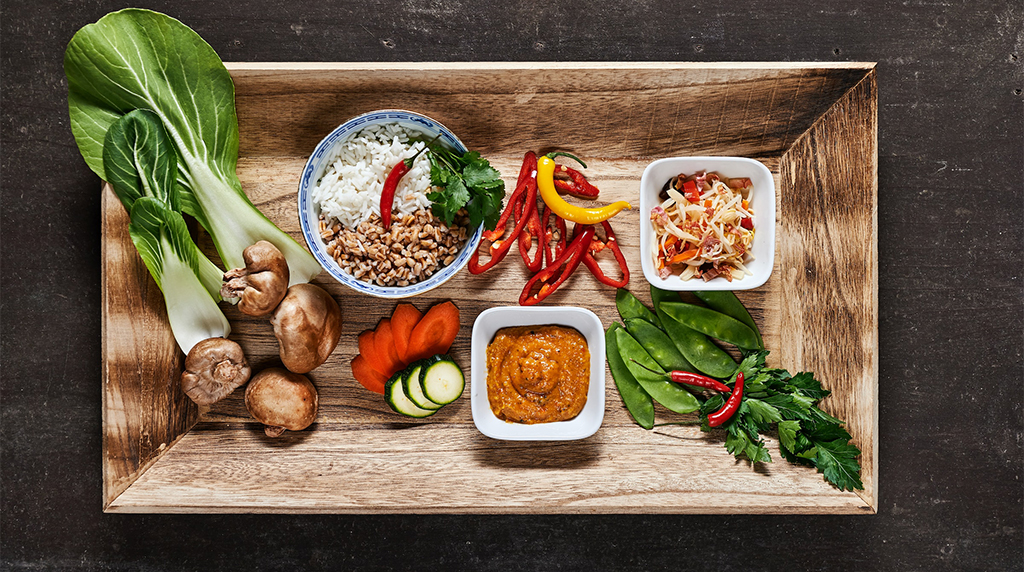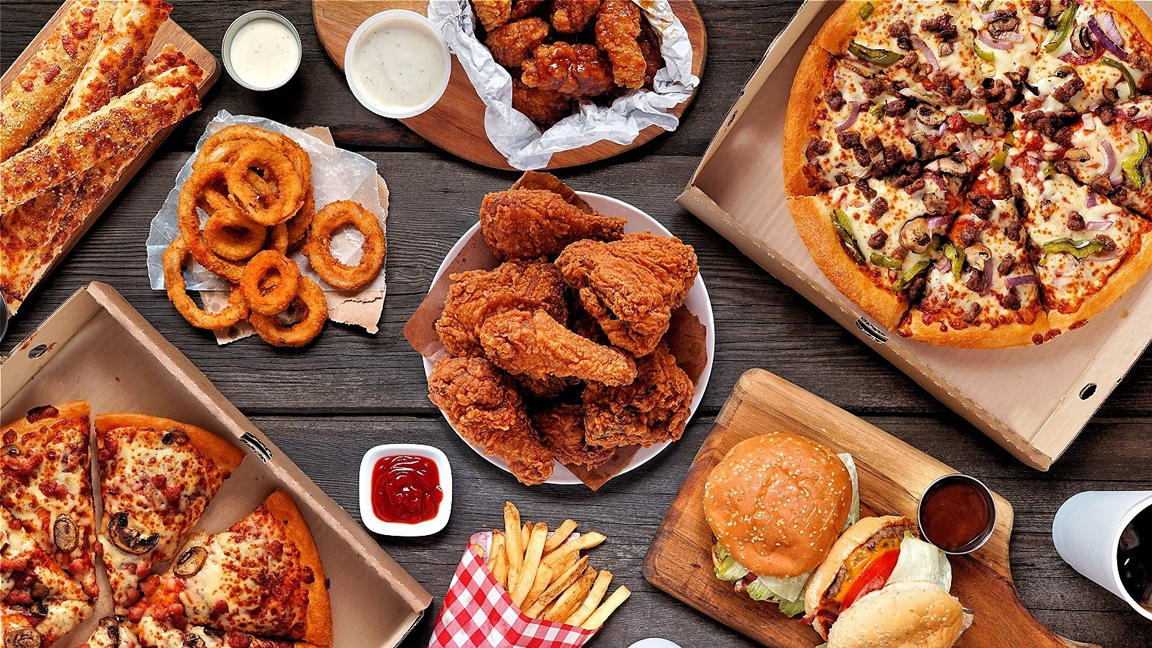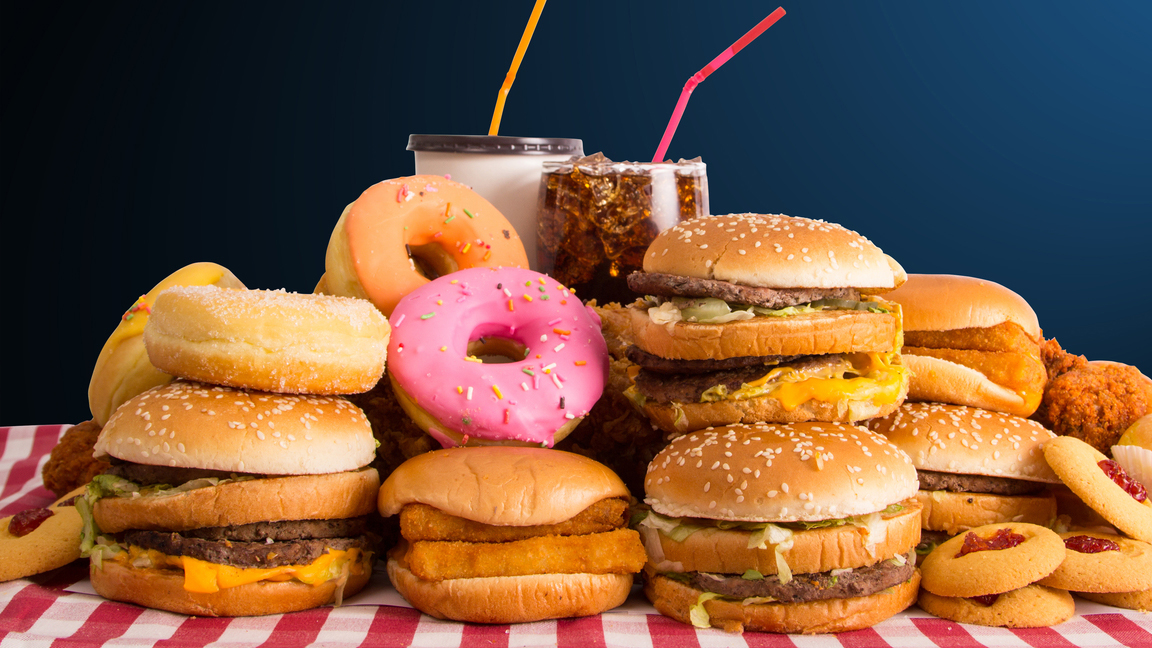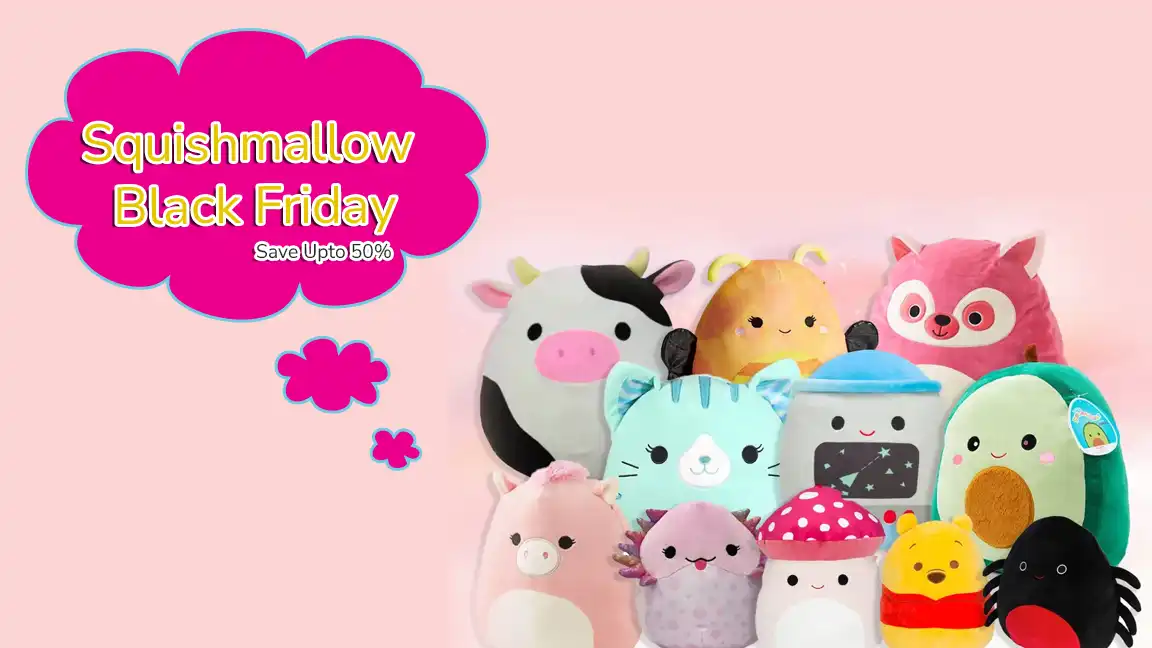Food blogging is becoming no less popular than beauty, fashion, or fitness blogs. The explanation for this phenomenon is simple. People like to read about not complicated things, and what could be more straightforward and practical than recipes for cooking healthy and wholesome food, because anyone can repeat them in their kitchen if they wish. However, the apparent simplicity of the task - to create a popular food blog - is hidden and a big problem. The fact is that today the usual sites with recipes on the Internet are invisible, and therefore, to stand out from the crowd of similar, you need to take into account several points.
In the world of food blogging, the ability to write a compelling recipe is an invaluable skill. Crafting a recipe that not only produces a delicious dish but also engages and resonates with your audience is a key element of success for any professional food blogger. If you are not confident about your writing skills, you can always turn to some cheap essay writing service and professionals will help you to create high-quality content and connect with readers on a personal level.
Know Your Audience
To be a successful food blogger, you should know about the tastes of your audience, whether there are any dietary limitations, and their level of skill in cooking before you proceed with writing a recipe. Are these readers of yours novices wanting quick recipes or experienced home cooks on a quest for gastronomical tests? Personalizing your recipes to your ideal demographic makes your material relevant and useful.
A good recipe should be straightforward and clear. Use a brief and eye-catching title explaining what they are going to read about. This should be followed by a short introduction that gives a clue of any personal experiences, similarities in culture, or funny things about the recipe.
Make a Catching Title
The title of the recipe should capture the essence of the dish and interest the readers.
Do not list the ingredients in the headline. For example, if you write "Lemonade from lemon juice, honey, and Strawberries," it is already a ready-made mini recipe. It is better to specify "Homemade lemonade that tastes better than store-bought lemonade".
Do not use in the title enthusiastic epithets like "luxurious", "the best", or "amazing". At the same time, it is worth mentioning the flavor or technical features of the dish - for example, "A recipe for cheesecakes that will disappear from the table in a minute" or "Classic quick pancakes". You can also include a cultural reference in the recipe, such as "Young Korean Honey Potatoes".
Options for Writing Recipes
It does not matter from which person to write the text: "grate cheese on a fine grater" or "grate cheese on a fine grater". The main thing is to keep the chosen face throughout the text. At the same time, the customer himself can specify such a requirement in the ToR.
Also, choose the style of writing recipes:
- Business style. Characterized by a brief technical presentation of the algorithm of actions, the complete absence of "water", and emotionlessness. This style is characteristic of recipes in reference books, booklets, and cookbooks. It is also often found on large culinary portals.
- Conversational style. Characterized by a lively, emotional language. In such recipes there are many personal recommendations and advice, metaphors are used, and there are exclamation marks. Usually, the conversational style of recipe writing is characteristic of the personal blogs of recipe writers.
To choose a recipe writing style, consult with the customer. Find out what target audience the texts are written for. If you are writing recipes for your blog, then the writing style should be chosen based on your preferences.
Personal Touch and Storytelling
Incorporating a sense of trust with your recipe engages the listener and creates rapport. Tell personal stories, memories, or cultures that touch the dish/dishes. On the other hand, such a move not only makes your content more appealing but also reveals to the reader what informed the recipe.
Storytelling throughout the recipe is critical. Explain why certain ingredients are important to the dish or tell the story of the first time you tasted it. Firstly, this improves the experience of readers but also makes cooking much more fun for your listeners.
Ingredient List
As such, the ingredient list is the foundation of every recipe; therefore, one needs to display it neatly and clearly. Arrange the ingredients according to how they are applied within the recipe and use common names for all ingredients. Be specific with regards to quantifies indicating standard measurements of cups, tablespoons, and teaspoons.
Make sure to add extra lines of helpful notes like alternative ingredients and other substitutes, targeted towards readers who wish to make changes.



Visual Appeal
In the food blogging world, a picture represents a thousand words. Pictures illustrating ingredients, preparation methods, and outcome dishes make recipes alluring. Take time to take photos or work with an experienced artist to have compelling pictures that suit your brand.
Include step-by-step photos or videos to be clearer, especially in complicated recipes. Besides guiding your readers, visuals function as an essential means of sharing on social media and promoting your content.
Testing and Perfecting
You must test a recipe in your kitchen before sharing it with your audience. Be mindful of the minor bits like cooking time, temperature, and the series of procedures. Through this hands-on experience, you can spot weaknesses and make the right alterations before coming up with a perfect recipe.
Involve your readers and have them give feedback as well as tell you how your recipes turn out for them. It fosters a sense of community while enhancing your artwork with practice and experience.
SEO Optimization
SEO is essential in putting your recipes out there because of the enormity of internet space. Carry out some keyword research to uncover some appropriate keywords that can hit your target market. Naturally include these keywords in the title of the recipe, introduction, and within the content.
Your recipe should have optimized title tags such as image filename and alt text. Also, it must be categorized and tagged using the relevant terms. Such a strategic utilization of SEO methods has a great chance of increasing the visibility of recipes in search engines and attracting more visitors to the blog.
Include a call to action in your recipe posts to encourage interaction and engagement with your readers. For example, asking the viewers what their favorite versions of a dish are, if they can share their cooking experiences on social media and if they wish to subscribe to the newsletter with more recipes could be this question.
Answer people’s comments and messages in a timely fashion creating an atmosphere around your blog. You may want to create a section of your website where you can share stories from users who have been trying your recipes and succeeded.
To Sum Up, recipe writing is an endless process of creative refinement. You need to understand your audience, give clear instructions, integrate storytelling, and optimize for SEO so you can develop recipes that represent both your culinary genius and your ability to connect with readers. Always remember that being a professional food blogger is not only about the flavors you make but also about the words you write to share the story of your culinary journey with the rest of the world.

.jpg)









.jpg)









![When Will Walmart Release Black Friday Ad? [ULTIMATE Guide]](https://www.mysavinghub.com/assets/images/blog/798_large_When-Will-Walmart-Release-Black-Friday-Ad-ULTIMATE-Guide.webp)




